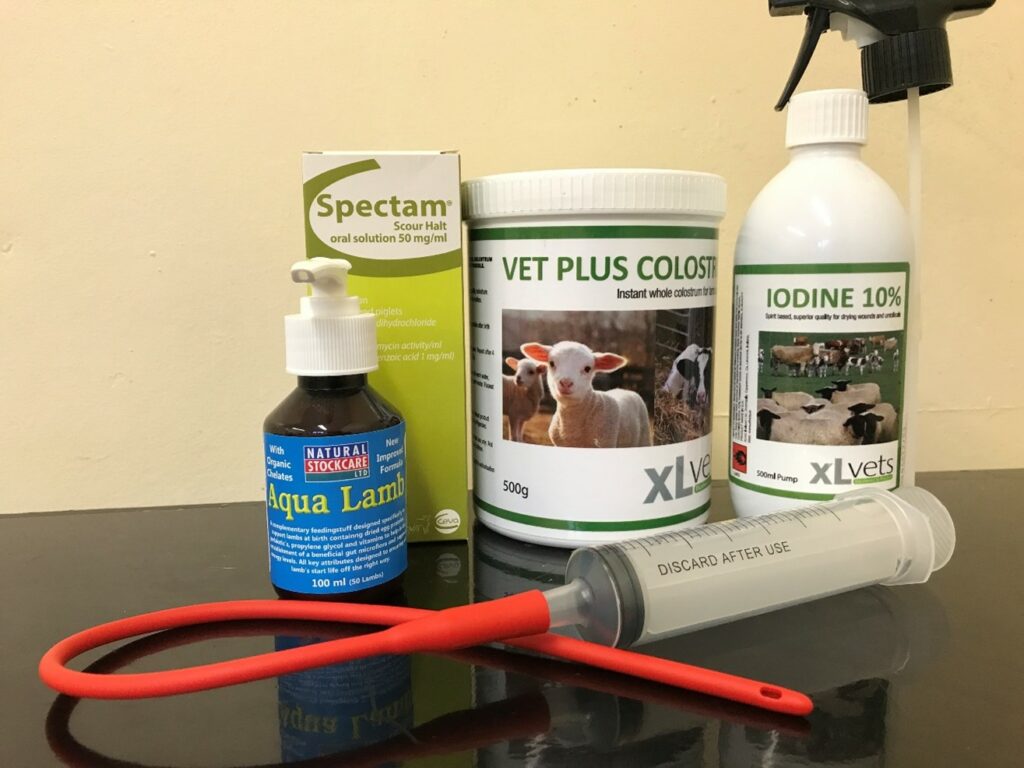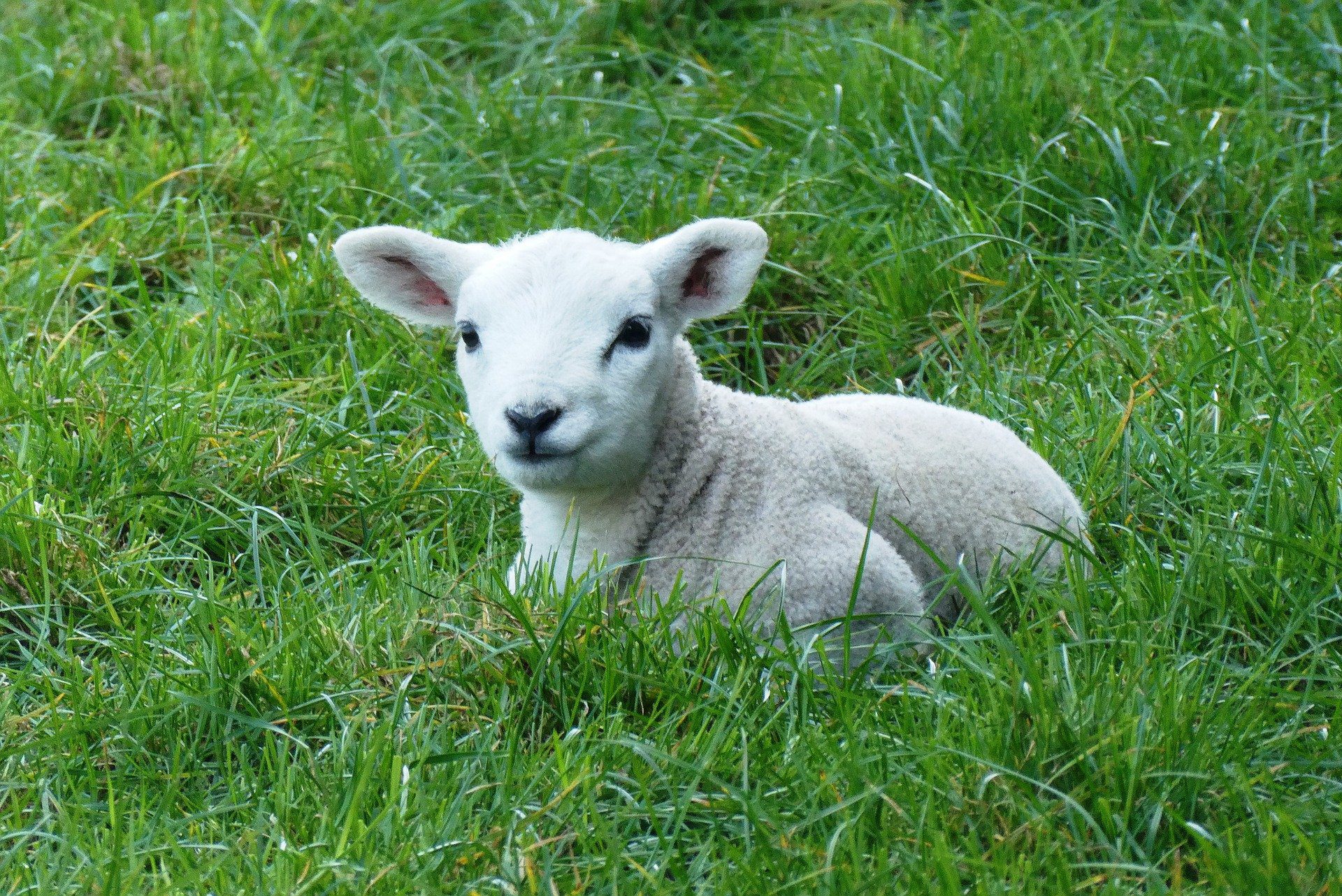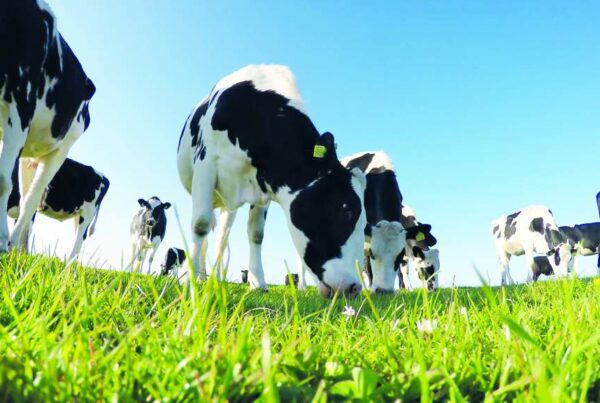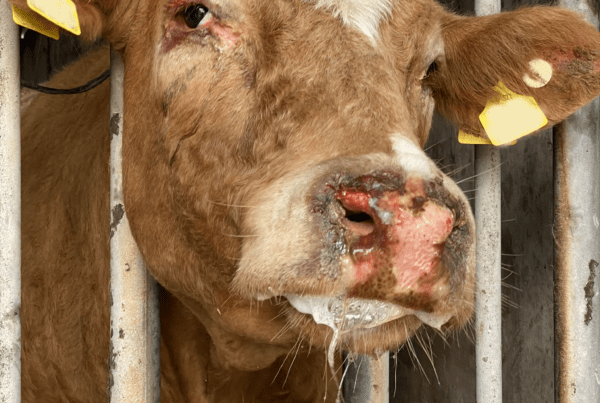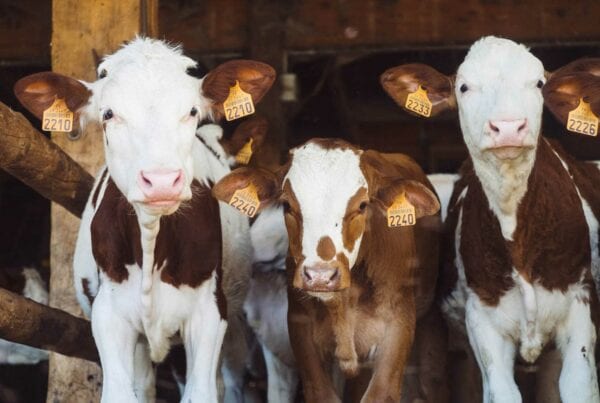Article by Mark Drought, MVB
Avondale Veterinary Clinic Co Wicklow
Good nutrition, disease prevention and hygiene are the main factors that influence the numbers of lambs that are successfully reared on a farm.
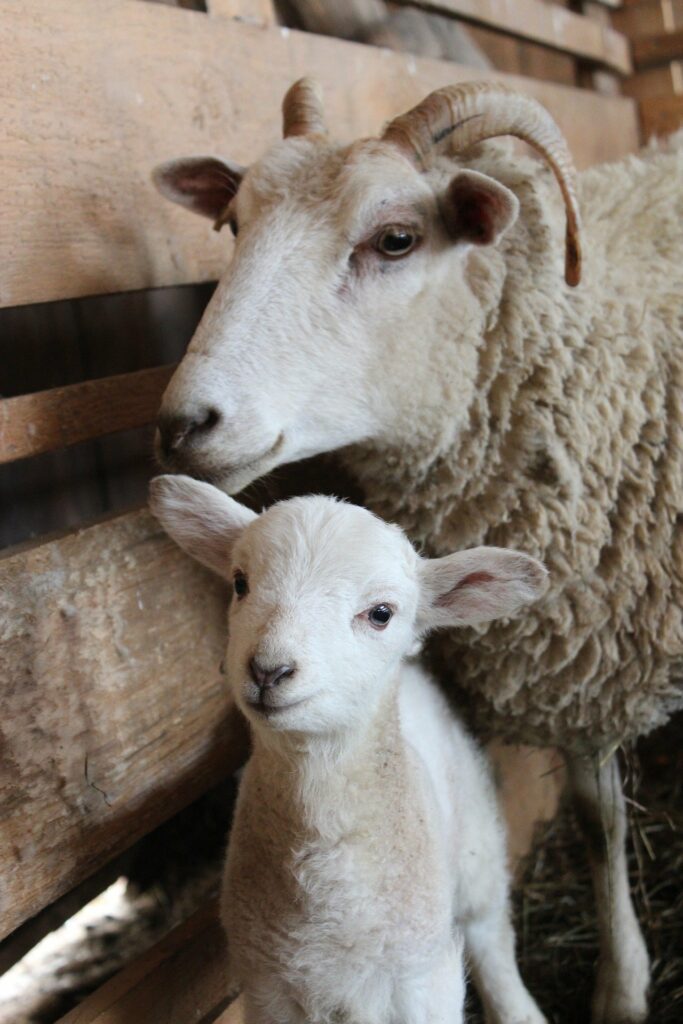
The first 48 hours of a lamb’s life is the most critical period in which to prevent losses. This is when around 50% of all lamb deaths occur as it is when they are most vulnerable to hypothermia and disease. The most common causes of death in young lambs are hypothermia, starvation and septicaemia.
Attention to detail and doing the simple things well are what will minimise lamb mortality. Lamb mortality around lambing time can be kept as low as 5% in a well-managed flock. Paying attention to colostrum management, hygiene and navel care will ultimately have a big impact on the number of lambs reared and sold later in the year.
COLOSTRUM
- Colostrum is the first feed a newborn lamb gets and is vital for nutrition, immunity and preventing hypothermia.
- Good colostrum quality depends on proper nutrition of the in-lamb ewes. Feeding ewes sufficient concentrates based on litter size in the last 6-7 weeks of pregnancy is vital.
- Remember the 3Q Rule: Quick, Quantity and Quality
- Quick: ensure newborn lambs are fed as quickly as possible after birth. This should be done within 2 hours.
- Quantity: 50ml/kg liveweight per feed or 200ml/kg liveweight in the first 24 hours.
- Quality: This is affected by the ewe’s body condition, age, health and her vaccination status. The best quality colostrum will have the most antibodies. Keep colostrum in clean containers, any dirt will significantly decrease quality.
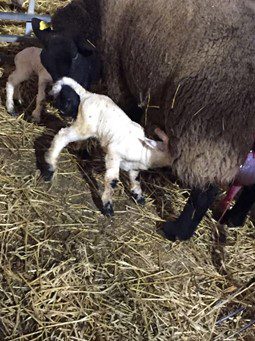
STOMACH TUBING
- If a lamb is weak or hungry and unable to suck, then it must receive colostrum by stomach tubing. You can feel a lamb’s stomach to assess if it has suckled.
- Remember to clean and sterilise the stomach tube between lambs.
- Have the colostrum ready, heated to body temperature (37°C).
- Sit and hold the lamb and GENTLY insert the tip of the stomach tube over the back of the lamb’s tongue.
- SLOWLY advance the tube – you should be able to feel the tip of the tube passing through the oesophagus in the neck.
- Stop when 2-3 inches of the tube remain or if resistance is felt.
- If the lamb shows distress, remove the tube and start again.
- Attach the syringe of colostrum and SLOWLY depress the plunger (over 20 seconds).
- Leave tube in place and repeat until all colostrum is given.
- If the lamb is very weak or small, give smaller and more frequent feeds (e.g. 50ml every 2 hours).
COLOSTRUM FEEDING GUIDE
| Lamb Birthweight | Per Feed | Per 24hrs |
| 3kg | 150ml | 600ml |
| 4kg | 200ml | 800ml |
| 5kg | 250ml | 1000ml |
*Increase by 20-30% if born and reared outdoors
ALTERNATIVE COLOSTRUM SOURCES
- If a ewe is not producing enough colostrum, use fresh colostrum from another ewe or frozen colostrum to feed the lamb.
- If a source of colostrum is not available, artificial colostrum can be used.
- This will not contain as many antibodies as the real thing but will contain high levels of nutrients needed by the newborn lamb. Feeding instructions will be on the label.
- Using cow colostrum is another option. There is a small risk of causing anaemia in the lamb and remember quality will vary from farm to farm.
NAVEL CARE
- The umbilical cord is a possible route for infection of newborn lambs.
- Navels should be disinfected within 15 mins of birth.
- Sprays and dips are available. (Dipping achieves greater coverage)
- Iodine or chlorhexidine products are available.
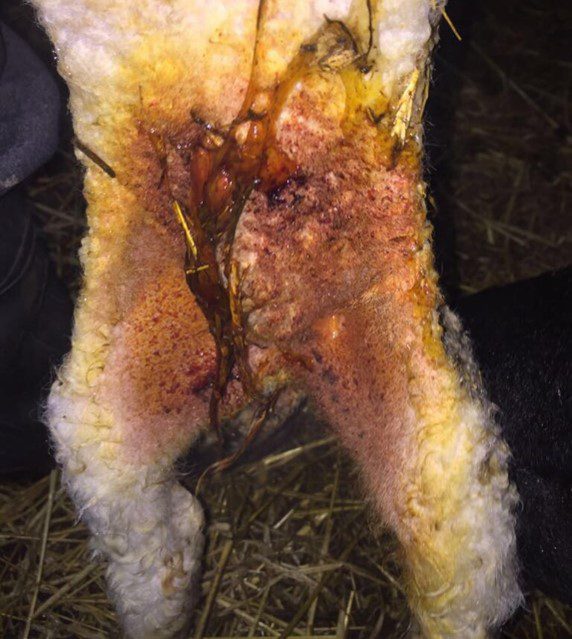
HYGIENE
- Good hygiene at lambing time helps to prevent diseases in lambs such as navel ill and watery mouth as well as spread of abortion pathogens between ewes.
- Thorough cleaning and disinfection of lambing pens pre-lambing is essential.
- Bed the lambing pens between ewes, use lots of straw.
- Remove afterbirths after all lambings.
- Disinfect the lambing pens as often as practical as the lambing season progresses.
HYPOTHERMIA
- Lambs are very prone to hypothermia, especially if they are not well fed.
- They may appear lethargic, tucked up and tend not to follow the ewe. They can quickly deteriorate and die if they are not spotted and treated early.
- If you suspect a lamb is hypothermic, take its temperature.
- If between 37-39°C, this is mild hypothermia. Ensure the lamb is dry, place in a warm environment and feed with warm colostrum.
- If below 37°C, this is severe hypothermia. They will first of all need to be dried. If they can hold their head up, stomach tube with warm colostrum. If unable to hold its head up, inject glucose into the abdomen. They should then be placed in a heater box or under an infra-red lamp.
INTRAPERITONEAL GLUCOSE
- This is for severely hypothermic lambs (<37°C) over 5 hours old.
- This should be done BEFORE attempting to warm the lamb.
- Dry the lamb and hold it up by the front legs.
- The injection site is 1” below and ½” to the side of the navel.
- Swab the injection site with antiseptic.
- Inject 10ml/kg bodyweight of 20% glucose (warm solution). Use a 1” x 19G needle. Point the needle towards the lambs tailhead.
- Place in a heater box or under infra-red lamp.
- Stomach tube with warm colostrum when the lamb’s temperature reaches 38°C.
